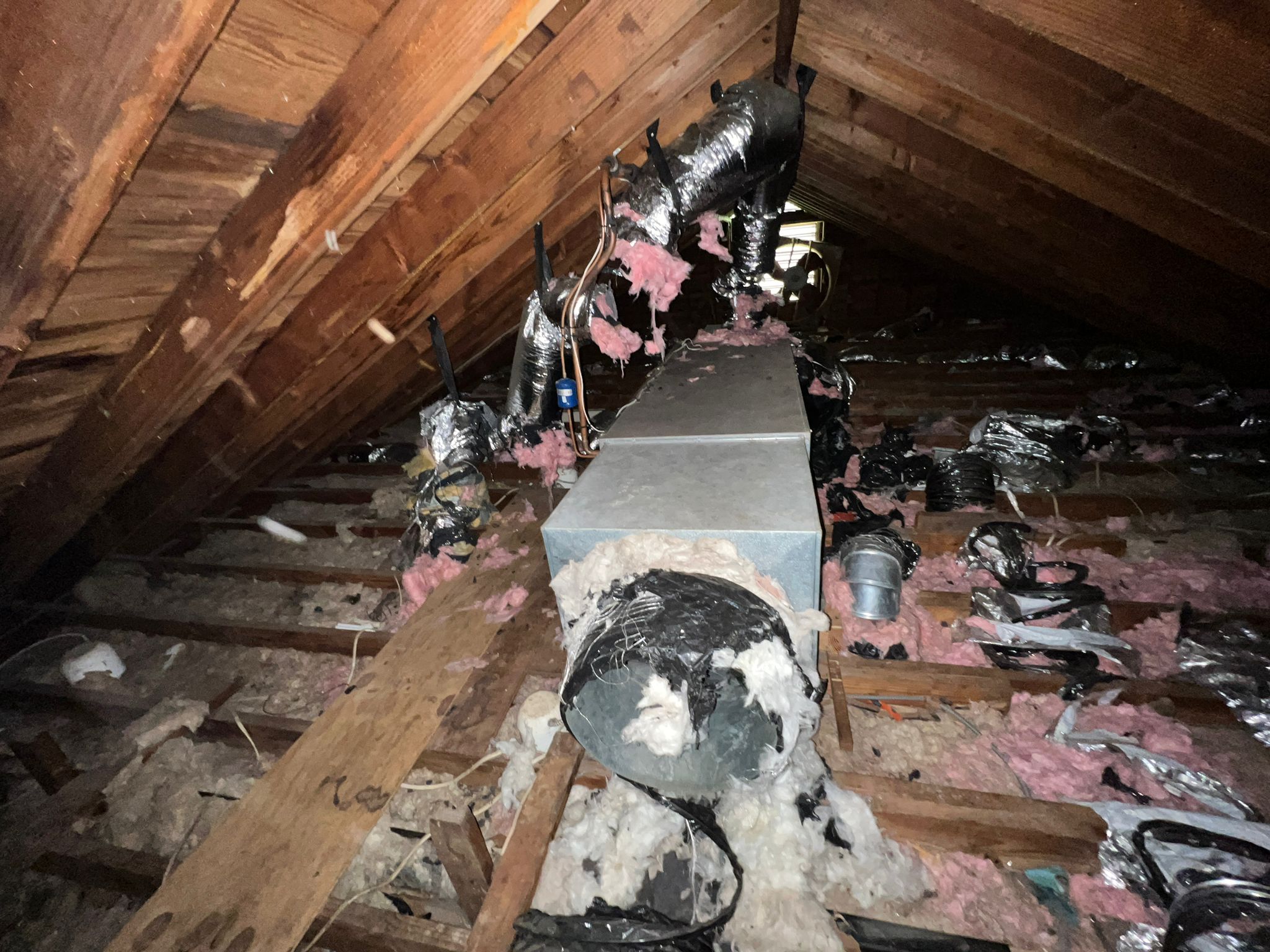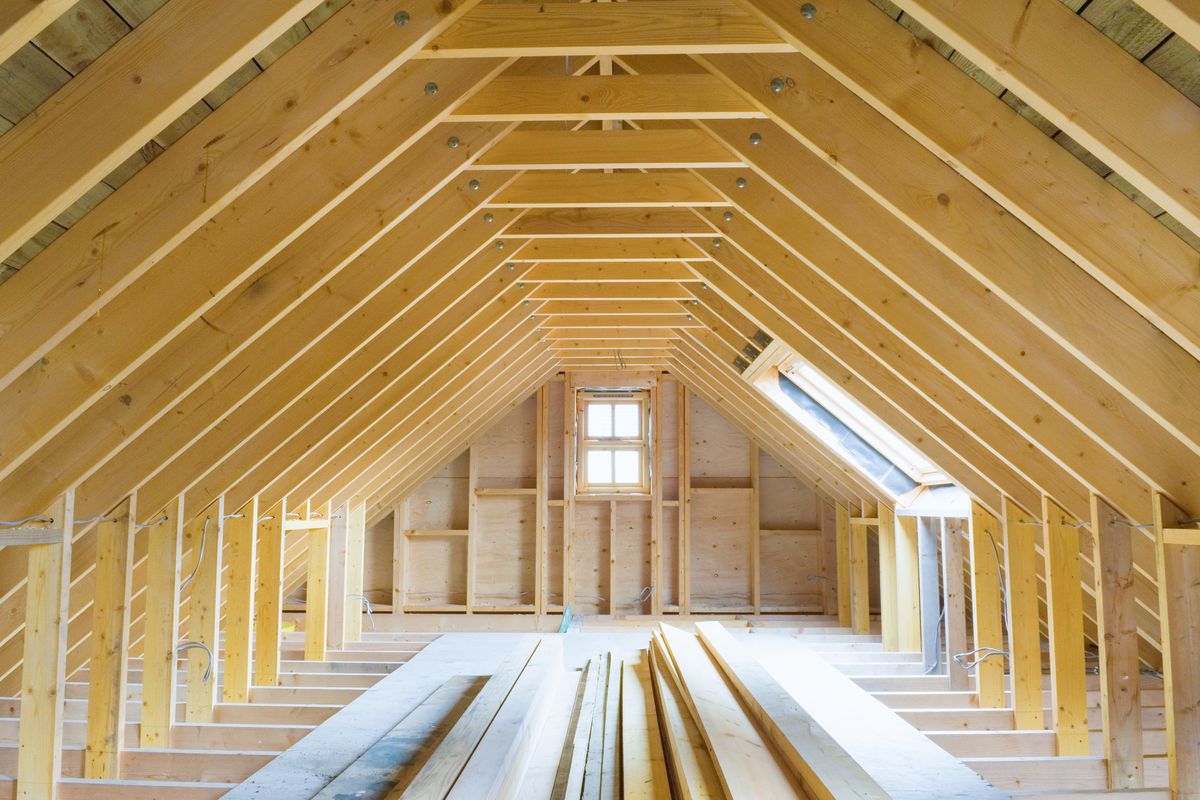Professional Tips for Enhancing Your Home with Attic Insulation DFW
Professional Tips for Enhancing Your Home with Attic Insulation DFW
Blog Article
Discover the Various Types of Attic Insulation and Their Unique Benefits for Your Home's Power Efficiency

Fiberglass Insulation
Fiberglass insulation is one of one of the most commonly utilized products for attic room insulation as a result of its exceptional thermal performance and cost-effectiveness. Composed of small glass fibers, this product efficiently catches air, developing an insulating barrier that helps maintain constant indoor temperatures. Its high R-value per inch makes it specifically effective at standing up to heat transfer, which is critical for energy conservation in homes.
Installment of fiberglass insulation is reasonably straightforward, typically readily available in batts or loose-fill kinds, accommodating various attic setups. In addition, it is non-combustible and resistant to moisture, minimizing the threat of mold and mildew growth. This resilience contributes to its durability, making fiberglass a sensible long-term investment for property owners.
Additionally, fiberglass insulation is usually produced from recycled products, which improves its eco-friendliness. The material can likewise add to soundproofing, lessening sound transfer in between spaces. While it is vital to put on safety equipment throughout setup to avoid irritability from the fibers, the overall benefits of fiberglass insulation, including power cost savings and ecological considerations, make it a prominent choice for improving attic room efficiency and advertising a comfy living environment.
Spray Foam Insulation
Spray foam insulation is a highly effective option for attic room insulation, recognized for its superior air securing and thermal efficiency. This ingenious insulation material is made up of a blend of isocyanate and polyol material, which, when combined, increases quickly to fill up gaps and dental caries in the attic room space. Its capacity to abide by various surface areas makes certain a constant barrier versus air leaks, considerably reducing warmth loss during colder months and warmth gain during warmer seasons.
One of the essential advantages of spray foam insulation is its high R-value per inch, which indicates it offers superb thermal resistance in a reasonably thin application. This is particularly helpful in attics where room is commonly limited. In addition, spray foam can help minimize dampness build-up, minimizing the threat of mold and mold development, which can be destructive to both the structure and interior air quality.
While the first cost of spray foam insulation might be greater than conventional alternatives, its long-lasting power savings, combined with increased convenience and boosted home value, make it a rewarding investment for property owners looking for improved power efficiency. Attic Insulation DFW. On the whole, spray foam insulation stands apart as an effective option for enhancing attic insulation
Cellulose Insulation

Cellulose insulation is a popular selection for attic insulation, primarily made up of recycled paper products treated with fire resistants. This ecologically friendly alternative is understood for its outstanding thermal efficiency, efficiently reducing warm transfer in both summer and wintertime months. The dense make-up of cellulose allows it to fill up gaps and spaces in attic room areas, giving a smooth barrier against air leakages.
One of the significant benefits of cellulose insulation is its ability to resist mold and mildew and insects, owing to the fire retardant treatments made use of during manufacturing. Furthermore, it boasts a high R-value per inch, which equates right into remarkable power efficiency. Home owners can expect reduced home heating and cooling expenses as an outcome informative post of improved insulation.
Installment is generally completed through blowing loose cellulose into the preferred location, allowing for a quick and effective process. This technique additionally minimizes interruption to the existing framework. Furthermore, cellulose insulation has a fairly reduced ecological impact, as its production procedure makes use of recycled materials, adding to sustainable structure techniques.
Rock Woollen Insulation
Amongst the different options for attic room insulation, rock wool, also called mineral woollen, stands apart due to its impressive thermal and acoustic performance. Made from natural or recycled products, rock woollen is developed by thawing rock and rotating it into fibers, resulting in a product that provides outstanding insulation properties.
Among the substantial benefits of rock woollen insulation is its high R-value, which shows its performance in standing up to warmth flow. This characteristic not only improves energy effectiveness yet additionally adds to maintaining a comfortable interior temperature level year-round. Furthermore, rock wool is naturally fireproof, making it a much safer choice for homes as it can endure heats without melting or launching poisonous fumes.
Furthermore, rock woollen insulation stands out in soundproofing abilities, properly minimizing sound transmission between rooms and from outdoors sources. Overall, rock woollen insulation gives a thorough remedy for enhancing energy performance, safety and security, and convenience in household settings.
Radiant Obstacle Insulation
Radiant obstacle insulation works as a reliable solution for reducing warmth transfer in attics, particularly in warmer climates. This sort of insulation works by showing convected heat far from living rooms, therefore minimizing the amount of warm that goes into a home Home Page during heat - Attic Insulation DFW. Normally composed of a very reflective material, such as aluminum foil, radiant obstacles are installed in attics, facing the roof covering, where they can intercept inbound warm from the sun
The primary benefit of radiant obstacle insulation is its ability to lower air conditioning costs. By mirroring heat rather than absorbing it, glowing obstacles can aid preserve a more secure interior temperature level, minimizing the workload on cooling systems. This performance equates into reduced power bills and raised convenience for homeowners.
In enhancement to energy financial savings, radiant obstacles can also add to boosted indoor air quality. By reducing warmth accumulation, they aid decrease moisture degrees, which can stop mold and mildew growth and improve total air circulation. When installed correctly, glowing obstacle insulation can be a very useful enhancement to any kind of energy-efficient home, making it a deserving consideration for property owners looking to boost their attic room insulation approach.
Verdict
In verdict, recognizing the various types of attic insulation-- fiberglass, spray foam, cellulose, rock wool, and radiant barriers-- allows home owners to make enlightened choices pertaining to power effectiveness. By picking the ideal insulation material, substantial reductions in energy costs can be accomplished, along with enhancements in interior convenience.

In verdict, recognizing the numerous types of attic room insulation-- fiberglass, spray foam, cellulose, rock woollen, and radiant obstacles-- allows home owners to make enlightened decisions pertaining to energy effectiveness.
Report this page